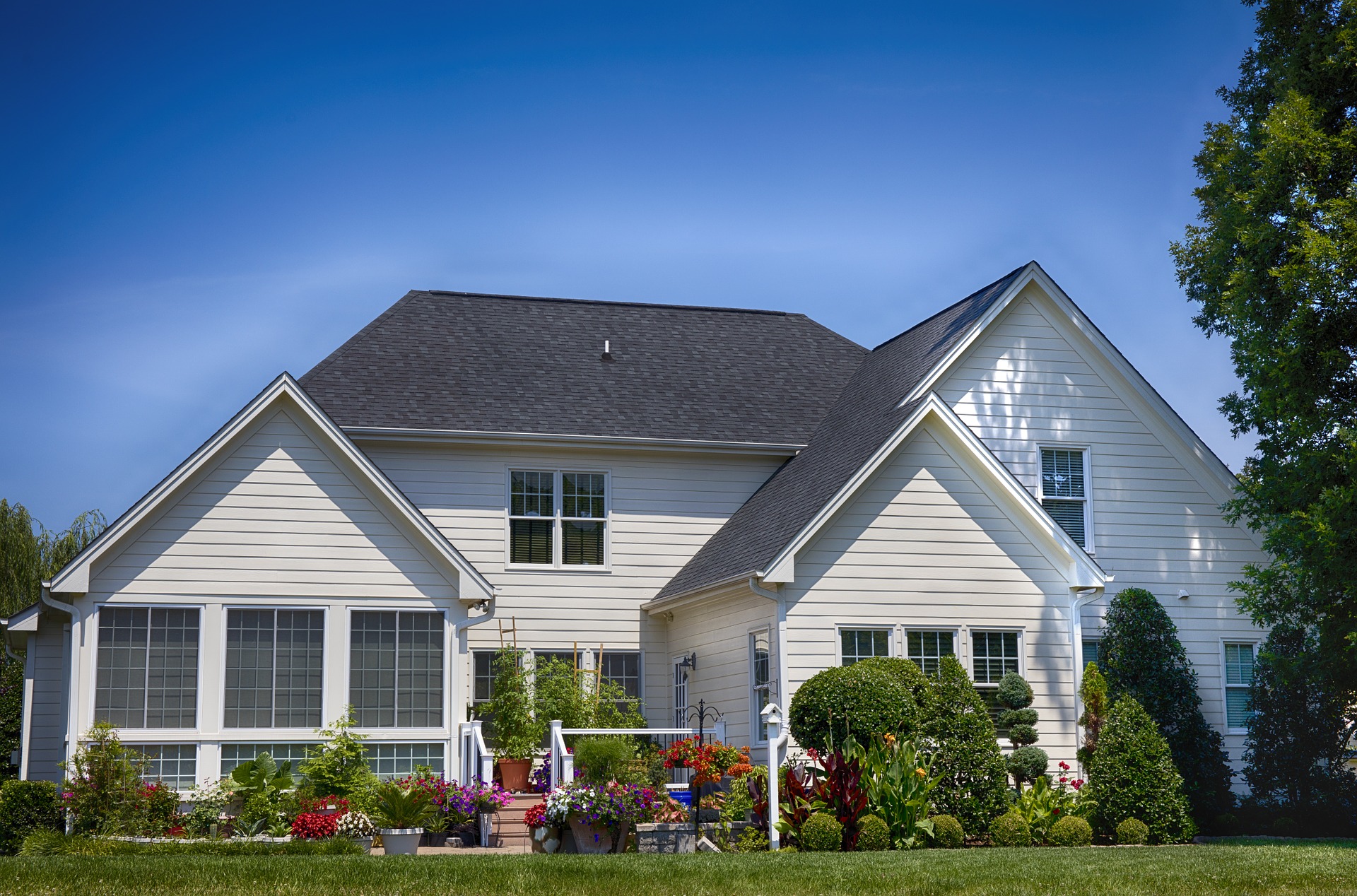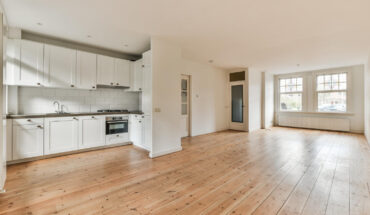 The best MVHR systems can both clean your air and reduce energy costs while keeping your home comfortable. While every MVHR system is theoretically capable of this, the unit will fall short if it isn’t the right type for your particular application. Mistakes when the home is surveyed or buying more than you need can create problems as well. Here are three things you should be looking for when buying an MVHR unit.
The best MVHR systems can both clean your air and reduce energy costs while keeping your home comfortable. While every MVHR system is theoretically capable of this, the unit will fall short if it isn’t the right type for your particular application. Mistakes when the home is surveyed or buying more than you need can create problems as well. Here are three things you should be looking for when buying an MVHR unit.
Determine the Minimum Airflow Requirements
Any MVHR unit will fall short if it doesn’t move as much air as required. In smaller homes, the minimum air flow is 13 litres per second from the kitchen and 8 L/s from the bathrooms and utility areas.
You can determine the minimum air flow requirements by adding up the volume of air that must be moved from each of these wet rooms. If you have one kitchen, one bathroom, and one utility area, then you need at least 13 + 8 + 8 or 29 litres per second of airflow to maintain your home’s humidity level. However, there are other rooms in the house. Add thirty L/s to the value you’ve already calculated. That’s the ideal level of air extraction the MVHR should provide.
In a larger home, you can multiply the amount of usable floor area by 0.5 air changes per hour. This ensures that you properly take large living rooms and multiple bedrooms into account. Take a large home with a 200-meter squared living area. If the average ceiling is 2.4 meters high, it would be 200 x 2.4 divided by 7.27 to get 66 litres per second of air flow. This translates to a supply rate of 110 litres per second. You could buy an MVHR unit with greater capacity, but anything less than this will result in a stuffy home though you expected improved air quality.
Give Yourself Margin
Don’t buy the MVHR unit that exactly meets your total required output. Running a unit at 100 percent will wear it out faster and cause it to fall short when there are odours or high humidity in your home. Instead, choose a unit that runs at less than 70 percent capacity. This will also reduce the noise it generates. A side benefit of this is that you’ll improve its energy efficiency since a unit running at 100 percent is pushing so much air through the pipes it can’t recover as much heat as possible.
Know What Features Matter Most to You
The EPR or energy performance ratings introduced in 2018 make it easier to select more efficient units. In general, you should choose an MVHR system with at least an A rating. However, that isn’t the only factor to consider.
Different MVHR manufacturers have different strengths. Some specialise in easy to use units that are ideal for apartment buildings. BPC Ventilation offers a wide variety of Nuaire units. Nuaire is known for its exceptional user-friendliness. They also make units that have a high score on the SAP. SAP appendix Q ratings by the BRE are an independent third-party rating of the heat recovery system’s overall efficiency.
A few models are popular because of their low price, while others fit in a small cupboard, an invaluable feature if you’re tight on space. If environmental certifications are your highest priority, only a few MVHR systems are passive house approved. When your goal is energy efficiency, look for units with as low a specific fan power or SFP as possible. An SFP of 0.8 is common, but 0.5 is better.
Conclusion
If you want to see the full benefits of an MVHR system, take the right factors into account. When you buy a right-sized unit with the necessary features, you’ll save money and energy while enjoying better indoor air quality.


